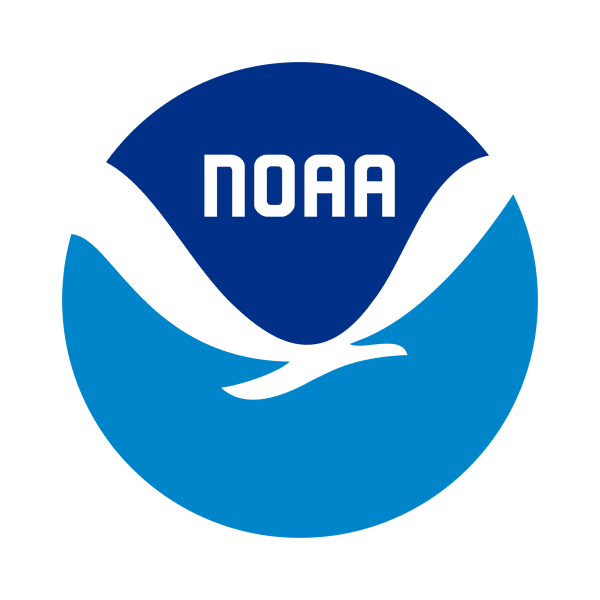The NOAA Office of National Marine Sanctuary Monterey Bay National Marine Sanctuary collected and analyzed data to better understand the marine debris problem in the Sanctuary.
Type of Project: Research
Region: California
Project Dates: August 2020 - March 2023
Who was involved?
With support from the NOAA Marine Debris Program, the NOAA Office of National Marine Sanctuaries Monterey Bay National Marine Sanctuary in collaboration with California Marine Sanctuary Foundation, assessed and analyzed available data to support decision-making and management efforts related to marine debris in the Monterey Bay National Marine Sanctuary.
What was the project and why is it important?
The Monterey Bay National Marine Sanctuary (Sanctuary) is one of the largest national marine sanctuaries in the United States with diverse marine wildlife and ecosystems. Unfortunately, the Sanctuary also experiences the issue of marine debris. In order to address and develop solutions to the impacts of marine debris in the Sanctuary, more information is needed about the problem of marine debris and land-based litter.
The NOAA Office of National Marine Sanctuaries Monterey Bay National Marine Sanctuary, in collaboration with California Marine Sanctuary Foundation, compiled historic and existing data collected on marine debris in the Sanctuary, compared that data, and identified any debris trends and hotspots. This effort is important to understand the overall impact of marine debris in the Sanctuary, informing its management, and ultimately, reducing marine debris.
What were the results?
Partners published a detailed final report that summarizes data collected from 2017 to 2021, including data from Surfrider Foundation, Save Our Shores, the NOAA Marine Debris Monitoring and Assessment Project, Downtown Streets, and Ocean Conservancy. These organizations hosted marine debris cleanups across the entire 276 miles of shoreline in the Monterey Bay National Marine Sanctuary . Over this project timeline, 37,000 volunteers collected data through 4,725 surveys.
The study determined that 95% of the debris within the sanctuary accounted for three primary human activities: eating and drinking, smoking, and various activities. Various activities are defined as items not attributed to a specific activity, either because they were small plastic fragments or could have been from multiple activities. Notably, the sanctuary has five major transport systems for marine debris, including rivers, storm drains, currents, offshore winds, and beachgoers. Additionally, the analysis found that involving citizen scientists provides a more extensive, geographically varied data set that encourages a greater sense of stewardship of the environment.
For more information about this project, visit the Marine Debris Program Clearinghouse.
 An official website of the United States government.
An official website of the United States government. 

